Are you an aspiring author wondering how to get your book in front of a global audience? With the rise of digital publishing, the options for sharing your work have never been more diverse.
The digital landscape offers unprecedented opportunities for authors to self-publish their work without traditional gatekeepers. However, with so many self-publishing companies and platforms available, choosing the right one can be daunting.

To make an informed decision, it’s crucial to understand the differences between direct retailers, aggregators, and print-on-demand services. For personalized guidance on your publishing journey, contact our experts at support@usapublishinggroup.com or +16826818050.
Key Takeaways
- Multiple platforms are available for authors to publish their eBooks, each with unique advantages and royalty structures.
- Understanding the differences between publishing platforms is crucial for making informed decisions.
- The right publishing platform can significantly impact an author’s visibility and earnings.
- Reputable self-publishing companies can help authors maximize their reach and revenue.
- Verifying a self-publishing company’s trustworthiness is essential before using their services.
Understanding eBook Publishing in Today’s Market
The eBook publishing landscape has undergone significant changes in recent years, driven by technological advancements and shifting reader preferences. This transformation has opened up new avenues for authors to publish their work.
The Growth of Self-Publishing
The self-publishing industry has experienced exponential growth over the past decade, becoming a mainstream publishing path for authors. Amazon dominates the global eBook sales with a 68% market share, making it a primary platform for self-publishing authors. In fact, 87% of respondents to Written Word Media’s 2024 Indie Author Survey named Amazon as their top revenue source.
This growth is attributed to the democratization of the publishing process, allowing authors to maintain creative control and earn higher royalty rates.
Benefits of Publishing eBooks
Publishing eBooks offers numerous benefits, including the elimination of physical production and distribution costs, enabling authors to price competitively. The eBook format also provides valuable data and analytics about reader behavior, allowing for more targeted marketing and content development.
| Benefits | Description |
| Global Reach | Instant access to international markets without foreign rights deals or international shipping complexities. |
| Flexibility | Ability to update content, correct errors, or refresh covers without costly reprinting. |
| Expanded Audience | Growing popularity of reading devices and apps across all age demographics and genres. |
Key Factors to Consider When Choosing an eBook Publishing Platform
With numerous eBook publishing platforms available, authors must carefully consider several key factors when making their choice. The right platform can significantly impact an author’s ability to reach their target audience and maximize earnings.
Royalty Structures and Payment Terms
One crucial factor is the royalty structure and payment terms offered by the platform. Royalty rates vary significantly between platforms, with some offering flat rates regardless of the book’s price point, while others tier their royalties based on pricing brackets. Understanding payment thresholds, payment methods, and the frequency of earnings distribution is also vital.
Distribution Reach and Market Access
The distribution reach of a platform determines where an author’s eBook will be available for purchase. Some platforms offer direct access to major retailers, while others provide wider distribution networks that can include multiple online stores and libraries. The geographical reach of a platform is also important, as some have a stronger presence in specific countries or regions.
| Platform | Royalty Rate | Distribution Reach |
| Amazon KDP | Up to 70% | Global, including Amazon stores |
| Apple Books | Up to 70% | Global, through Apple devices |
| PublishDrive | Up to 90% | Over 400 online stores and libraries |
Platform Exclusivity vs. Going Wide
Authors must also decide between platform exclusivity programs, like Amazon’s KDP Select, and distributing their eBook across multiple platforms. While exclusivity programs offer promotional benefits and access to subscription services, they restrict distribution to a single platform. In contrast, “going wide” can maximize audience reach and create multiple revenue streams, though it requires more management.
For personalized platform selection advice, authors can contact support@usapublishinggroup.com or call +1-682-681-8050. According to PublishDrive’s 2023 book sales report, authors who restrict their distribution to Amazon alone miss out on approximately 40% of potential sales.

Top Direct Retailers for eBook Publishing Options for Authors
The eBook market is dominated by several key direct retailers that authors can leverage to reach their target audience effectively. These platforms not only provide extensive market access but also offer competitive royalty structures, making them attractive options for authors looking to self-publish their work.
Amazon Kindle Direct Publishing (KDP)
Amazon Kindle Direct Publishing (KDP) is a leading choice for authors, boasting approximately 68% of global eBook sales. KDP offers a royalty structure of 70% for eBooks priced between $2.99 and $9.99, and 35% for those outside this range.
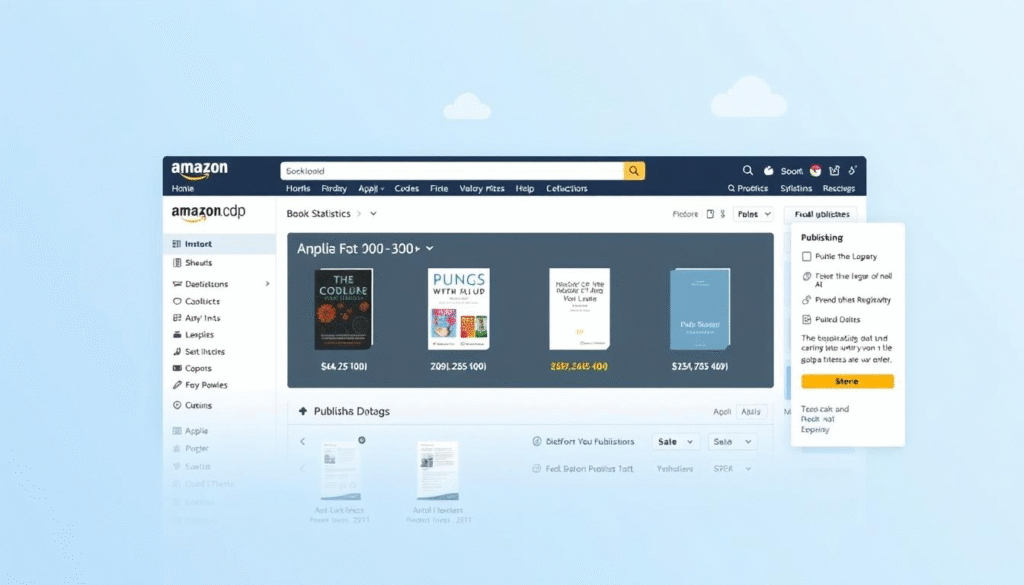
Apple Books
Apple Books is another significant player, particularly popular among readers under 40. It offers a consistent 70% royalty rate regardless of the eBook’s price point, making it an attractive option for authors with premium-priced content.
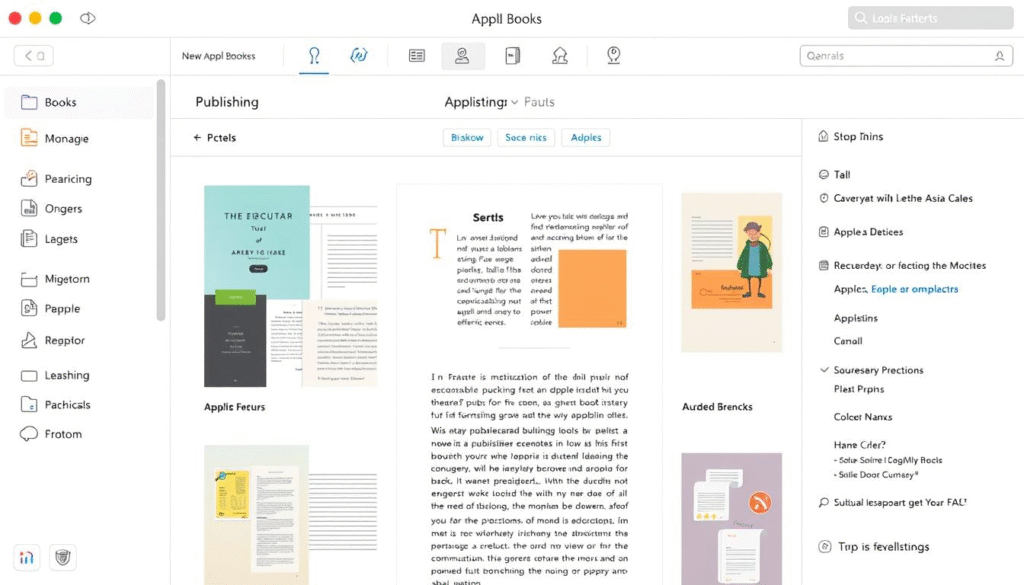
Kobo Writing Life
Kobo Writing Life provides strong international reach, especially in Canada and Europe, with competitive royalty rates of 70% for eBooks priced $2.99 and higher, and 45% for those priced lower.
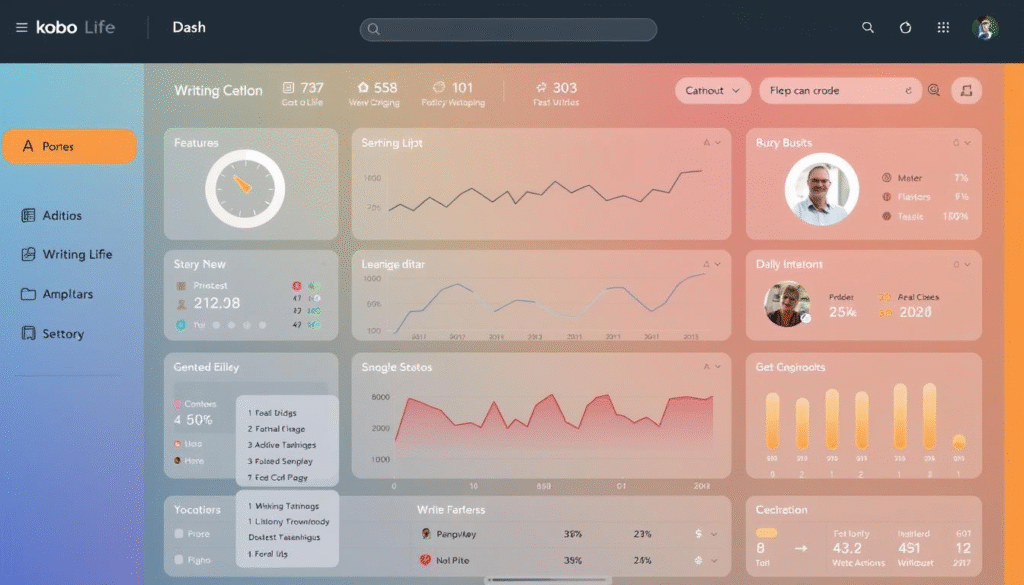
Barnes & Noble Press
Barnes & Noble Press stands out for its fast royalty payments, made just 30 days after the end of the month, and maintains a loyal reader base in the United States.
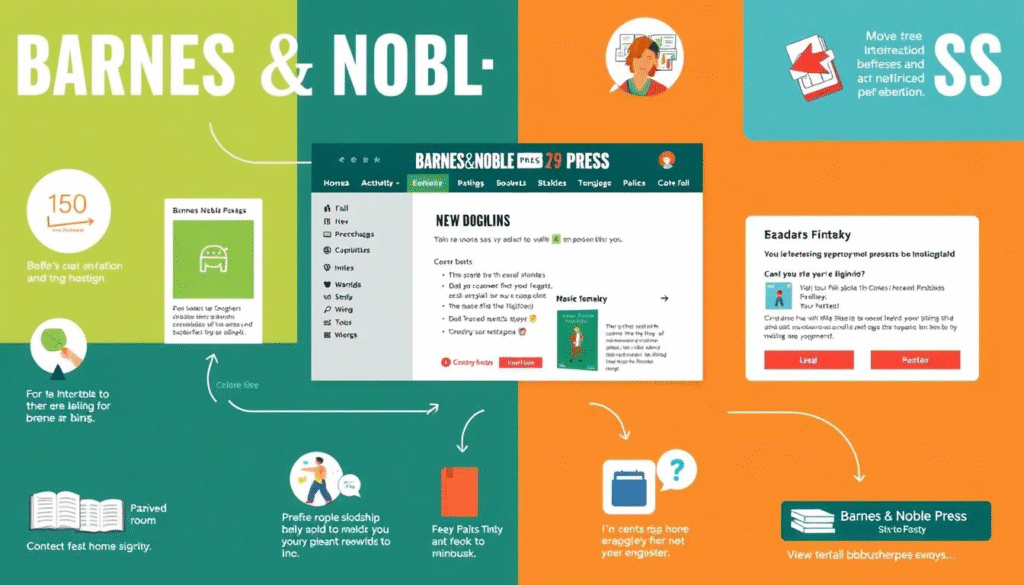
Google Play Books
Google Play Books taps into the vast Android ecosystem, offering 70% royalty on all eBooks and providing visibility opportunities through Google’s search dominance.
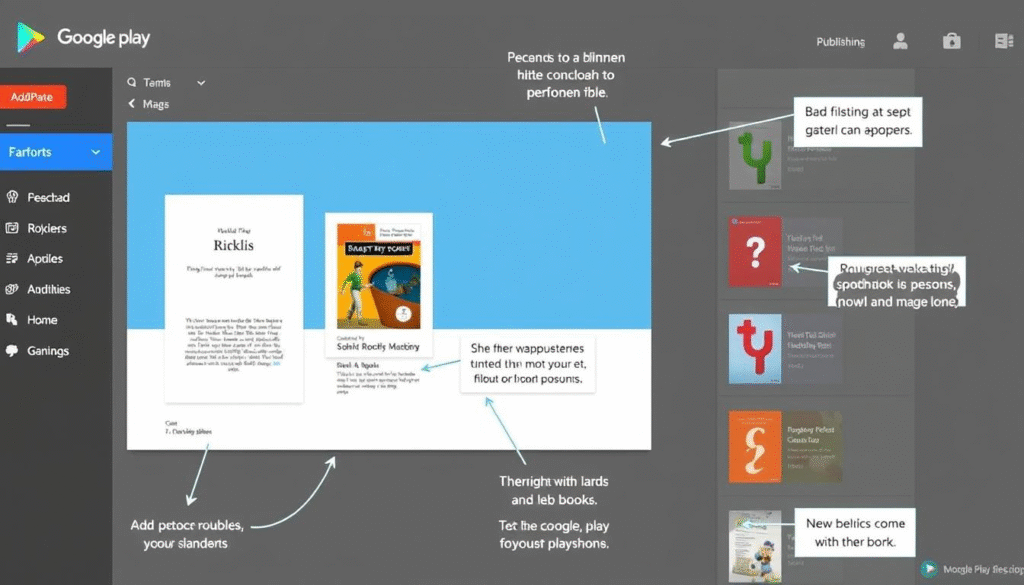
Each of these direct retailers has its unique strengths and caters to different segments of the eBook market. Authors can strategically choose the platforms that best align with their target audience and content strategy.
eBook Aggregators: Simplifying Wide Distribution
By leveraging eBook aggregators, authors can efficiently manage their eBook distribution, reaching a broader audience without the complexity of dealing with multiple retailers. eBook aggregators serve as one-stop publishing solutions that distribute your book to multiple retailers through a single dashboard, simplifying the wide distribution strategy.
These platforms offer a range of benefits, including consolidated sales reporting across all platforms, which simplifies accounting and provides clearer insights into overall performance. Using an aggregator can save significant time in formatting and uploading, as they convert your manuscript to meet the requirements of each individual retailer.
Draft2Digital (D2D)
Draft2Digital stands out for its user-friendly interface, excellent customer support, and automated back matter features that link all your published works. D2D distributes to hundreds of stores and libraries, including major retailers like Amazon, Apple Books, Barnes & Noble, and Kobo, while taking a 10% cut of royalties.
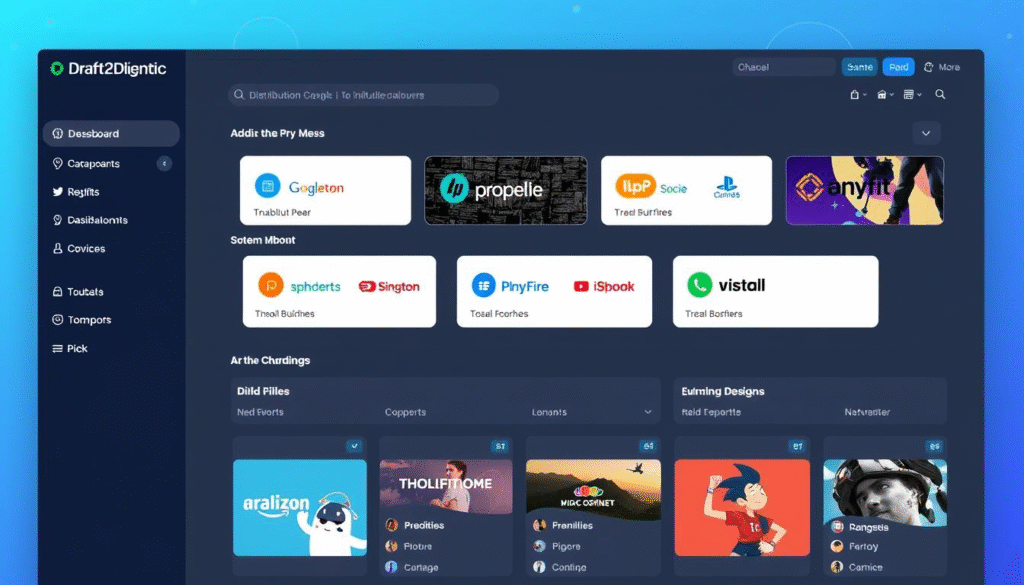
PublishDrive
PublishDrive offers a unique subscription-based model where authors keep 100% of their royalties but pay a monthly fee starting at $13.99. With distribution to over 400 stores and 240,000 libraries, including non-Western retailers like China’s DangDang, PublishDrive provides truly global reach for authors seeking international audiences.
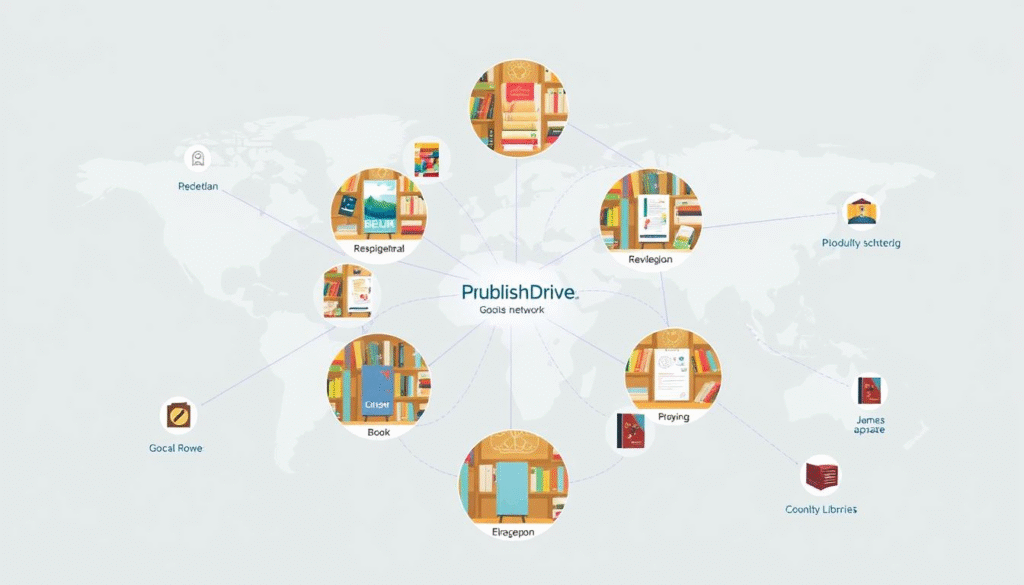
StreetLib
StreetLib specializes in international markets with author portals in multiple languages and regions, making it particularly valuable for authors publishing in languages other than English. While StreetLib takes a higher percentage of earnings, its international focus can be beneficial for authors targeting specific global markets.
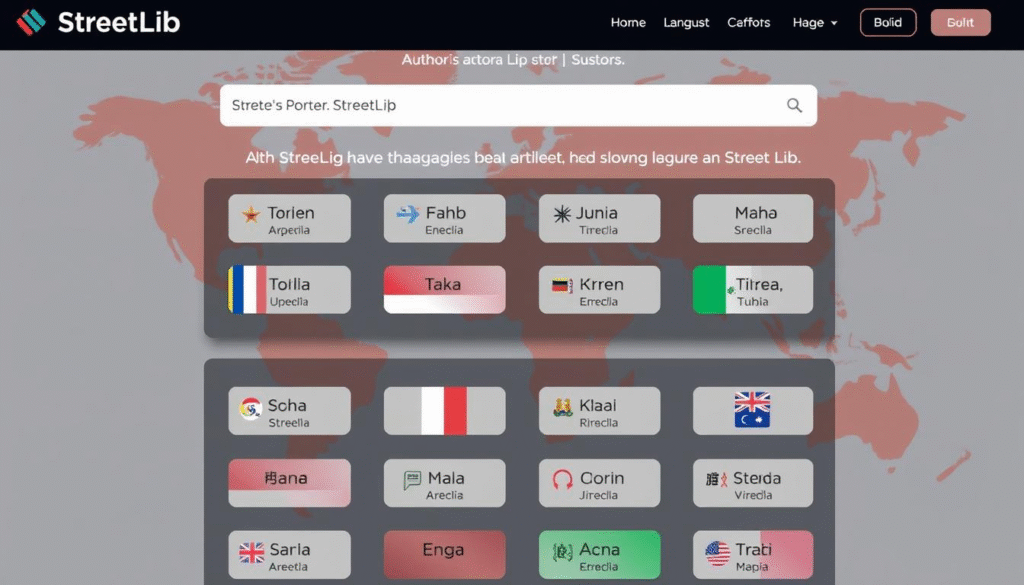
Most aggregators offer additional features such as free ISBN assignment, preorder capabilities, and pricing control across all platforms from a single dashboard. The trade-off with aggregators is slightly lower royalties due to their service fee, but many authors find the time savings and expanded reach well worth this cost.
For assistance with aggregator selection, authors can contact support@usapublishinggroup.com or call +1-682-681-8050.
Print-on-Demand Services for a Complete Publishing Strategy
Incorporating print-on-demand services into your publishing strategy can significantly enhance your book’s reach and sales. These services allow authors to offer physical books without inventory costs or upfront printing investments, as books are only printed when ordered.
KDP Print
KDP Print offers the most cost-effective printing with the fastest shipping times and seamless integration with Kindle eBook publishing, making it the preferred choice for budget-conscious authors. Despite its advantages, KDP Print has limitations in print quality and customization options.

IngramSpark
IngramSpark provides superior print quality and the widest distribution network, making books available to over 40,000 retailers, libraries, and institutions worldwide. For authors prioritizing bookstore placement, IngramSpark’s reputation and relationships with brick-and-mortar retailers make it the preferred POD option.

Blurb
Blurb specializes in high-quality printing for image-rich books like photography portfolios, art books, and premium coffee table books, though at significantly higher production costs. This makes Blurb suitable mainly for authors with image-heavy works.

A comprehensive publishing strategy often involves using multiple POD services – for example, KDP Print for Amazon sales and IngramSpark for wider distribution. By leveraging these services, authors can maximize their book’s visibility and availability in both digital and physical formats.
Expanding Your Reach with Audiobook Distribution
Authors are increasingly turning to audiobook distribution as a means to expand their reader base. The audiobook market continues to experience dramatic growth, with 51% of American adults now listening to audiobooks, representing 134 million potential consumers.
The rise of audiobooks has opened up new avenues for authors to share their work with a wider audience. This growth is driven by platforms like Spotify, Apple Books, and Kobo, which offer various distribution services to authors.
Spotify for Authors
Spotify for Authors is rapidly gaining market share with a 35% increase in listening hours, offering authors access to the platform’s 696 million users and valuable marketing analytics.
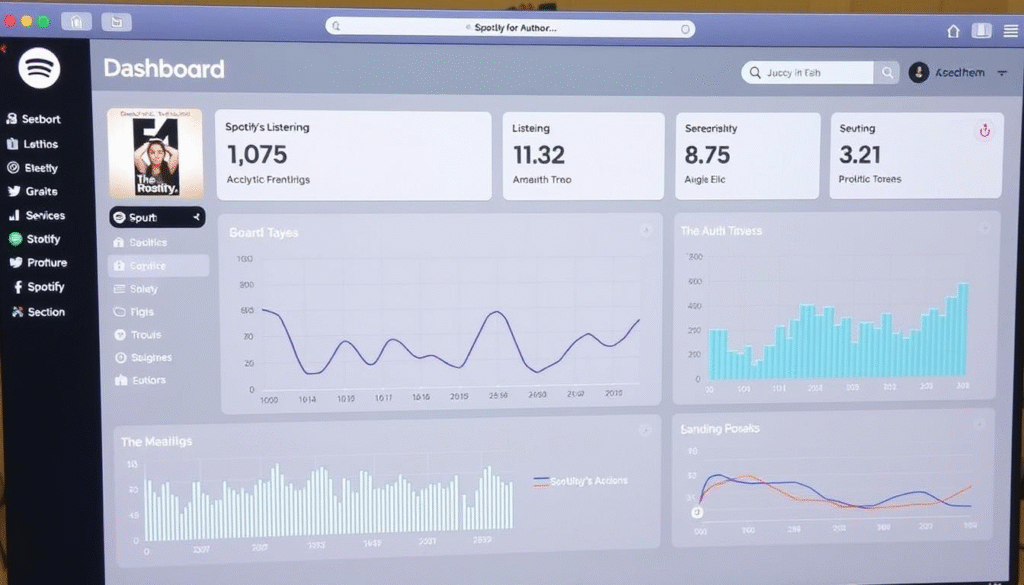
Apple Books Audio
Apple Books Audio provides seamless integration with the Apple ecosystem and maintains the same favorable 70% royalty structure as their eBook platform, making it an attractive distribution service for authors.
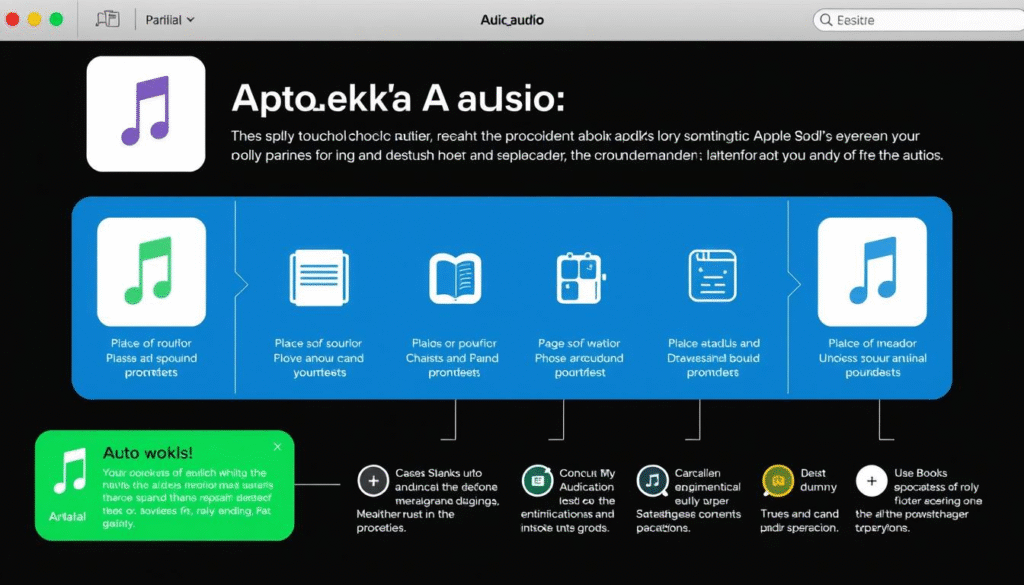
Kobo Audiobooks
Kobo Audiobooks offers international reach with particular strength in Canada and European markets, complementing their eBook distribution channels and providing authors with a broader audience.

Creating an audiobook version extends a book’s lifecycle and provides additional marketing opportunities through audio-specific promotion channels. Authors should consider timing their audiobook release strategically, either simultaneously with other formats or as a later release to reinvigorate marketing efforts.
Many audiobook distributors now offer AI narration options that significantly reduce production costs, though with potential trade-offs in quality and listener experience. The subscription model dominates audiobook consumption, with platforms like Spotify and Apple offering subscription services that impact how authors are compensated.
Marketing Strategies for Self-Published eBooks
Authors of self-published eBooks must navigate various marketing strategies to stand out in a crowded digital marketplace. Effective marketing begins with understanding the tools and opportunities available on each publishing platform.
Leveraging Platform-Specific Promotional Tools
Each publishing platform offers unique promotional tools that can significantly impact an eBook’s visibility. For instance, Amazon’s KDP Select provides exclusive promotional opportunities like Countdown Deals and free book promotions, which can dramatically increase an eBook’s visibility, although they require platform exclusivity. Other platforms like Apple Books and Kobo also offer promotional opportunities, often with less competition than Amazon.
Optimizing an eBook’s metadata, including its title, subtitle, description, and keywords, is crucial for discoverability across all platforms. A well-designed cover is also essential, serving as the eBook’s primary advertisement and significantly impacting click-through rates.
Building Your Author Platform Beyond Publishing Sites
Building an author platform independent of publishing sites is vital for long-term success. This involves creating a professional website, building an email list, and maintaining a social media presence. These direct connections with readers are not subject to platform algorithm changes, providing a stable foundation for marketing efforts.
Email marketing consistently delivers a high ROI for authors, making list-building a priority. Cross-promotion with other authors in the same genre can also expand an author’s reach to established audiences. Timing promotional efforts around launch, price changes, or seasonal themes maximizes their effectiveness.
| Marketing Strategy | Description | Platform |
| Countdown Deals | Discounted promotions for a limited time | Amazon KDP Select |
| Free Book Promotions | Free eBook promotions to boost visibility | Amazon KDP Select |
| Email Marketing | Direct marketing to subscribers via email | Author’s email list |
For personalized marketing strategy consultation, authors can reach out to support@usapublishinggroup.com or call +1 682 681 8050.
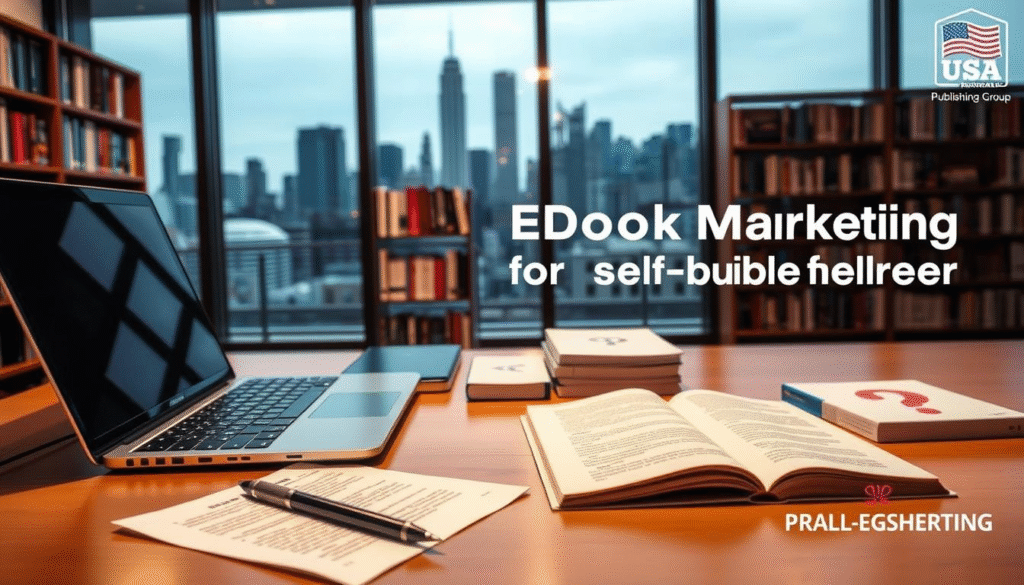
Conclusion: Choosing the Right eBook Publishing Path
The ideal eBook publishing strategy varies depending on an author’s goals and target audience. As the publishing landscape continues to evolve, authors must consider multiple factors when choosing a publishing path.
Key considerations include royalty structures, distribution reach, and platform exclusivity. Many successful authors employ a hybrid approach, utilizing Amazon KDP while also leveraging other platforms to expand their reader base. This strategy allows authors to maximize their reach and create diverse revenue streams.
For personalized guidance on selecting the best eBook publishing options, authors can contact support@usapublishinggroup.com or call +1 682 681 8050. Ultimately, producing high-quality content that resonates with readers is crucial for sustainable success, regardless of the publishing platform chosen.
By understanding the benefits and limitations of various eBook publishing platforms and services, authors can make informed decisions that align with their goals and target audience.ing platforms and services, authors can make informed decisions that align with their goals and target audience.
FAQ
What are the benefits of using Amazon Kindle Direct Publishing (KDP) for eBook distribution?
Amazon KDP offers a royalty rate of up to 70% for eBooks priced between $2.99 and $9.99, making it a lucrative platform for authors. Additionally, KDP provides easy-to-use tools for book formatting and cover design, as well as promotional features like Kindle Countdown Deals and Free Book Promotions.
How do eBook aggregators like Draft2Digital (D2D) simplify the distribution process?
eBook aggregators like D2D allow authors to distribute their eBooks to multiple retailers, including Apple Books, Barnes & Noble, and Kobo, with a single upload. This saves time and effort, as authors don’t need to manage multiple accounts or worry about formatting issues.
What is the difference between exclusivity and going wide with eBook distribution?
Exclusivity refers to the practice of distributing an eBook exclusively through one retailer, such as Amazon KDP. Going wide, on the other hand, involves distributing an eBook to multiple retailers, either directly or through an aggregator. While exclusivity can offer benefits like higher royalties, going wide can help authors reach a broader audience.
How do print-on-demand services like KDP Print and IngramSpark work?
Print-on-demand services allow authors to print and distribute physical copies of their books as orders are received, eliminating the need for a large upfront print run. This can be a cost-effective way to make print books available to readers, and can be used in conjunction with eBook distribution.
What are some effective marketing strategies for self-published eBooks?
Authors can leverage platform-specific promotional tools, such as Amazon’s Kindle Countdown Deals, to boost visibility and sales. Building an author platform beyond publishing sites, through social media, email newsletters, and other channels, can also help authors connect with readers and promote their work.
How do royalty structures and payment terms vary across eBook publishing platforms?
Royalty rates and payment terms can differ significantly between platforms. For example, Amazon KDP offers a 70% royalty rate for eBooks priced between $2.99 and $9.99, while Apple Books offers a 70% royalty rate for eBooks priced between $2.99 and $12.99. Authors should carefully review the terms of each platform before making a decision.



